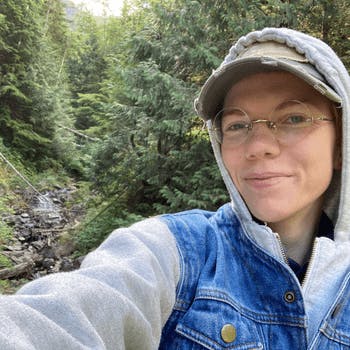
As I’ve emphasized in previous posts, your exam experience will be simpler and more straightforward if you are able to quickly identify some key information (see my post on the “fathers” for a step-by-step on bare-bones flashcards).
One skill I recommend you sharpen before test day is the ability to immediately categorize certain aspects of a therapy group.
Curative Factors
Irvin Yalom (famous existential therapist, wrote books you had to read in intro psych, changed the way we think about group therapy, etc.) coined a handful of group therapy terms that you’ll need to know on the exam. Most famously, Yalom identified the “curative factors” of group therapy, or the forces at work in a therapy group that bring real healing to its members. These are: altruism, cohesion, universality, instillation of hope, existential factors, catharsis, group cohesiveness, imitative behavior, social skills development, imparting information, and family simulation. **Many online lists of the factors include 10 or 12 of them with slight variations in name. In my unofficial and off-the-record experience, people most often talk about the factors of universality and instillation of hope.
I recommend you develop a quick way to remember the especially grabby factors of the ones listed above. Quick check: could you read a fictional group therapy narrative and guess the factor that’s helping a client the most?
Group Stages
Bruce Tuckman named five stages that groups pass through as the members get used to each other and start joining together in a healing process. These are most commonly referred to as: forming, storming, norming, performing, and adjourning. Yes, they rhyme. Yes, they run together in your head. Don’t let them do that. Quick check: Can you read a fictional case study and identify what stage the group is in?
F - S - N - P - A ….. Maybe a mnemonic would help.
For Sure, Never Pet Alligators. That’s just off the top of my head. Wow, I’m good.
Types of Groups
Another quick check: could you read a fictional group therapy narrative and name the type of group it described? A few big terms that we talk about are psychoeducational groups, task groups, counseling groups, and psychotherapy groups. You may also hear the term process group, which refers to a group that’s relatively unstructured and relies heavily on the here-and-now member experience. I recommend you have a handful of group type categories ready to go. Check yourself: How would you describe the therapy groups you have attended/shadowed/led/head about?
Closed/Open Groups
If you are reading a case study about a group session, can you identify whether the group is open or closed? If all of the members start and terminate the group together, it’s closed. If members come and go independently, likely as their individual therapists refer them or as they hear about the group, it has an open structure.
Do you want to get even deeper into group info? Are you firing on all cylinders to test your group therapy trivia? Check yourself:
- Can you name the group leader behaviors?
- What do most pre-group screenings include?
- What should you discuss during the group therapy informed consent process?
- Can you name roles of group members?
- Can you name group leader techniques?
- What are the biggest, most common theories of group therapy?
^Do not let this freak you out. It is unlikely that you have all of this info in your head or even will on exam day. But if you do, treat yourself to a latte today.


